When it comes to designing the heart of your home, the kitchen, achieving harmony and cleanliness is key. A well-organized and aesthetically pleasing cooking space can make meal preparation a delightful experience. Whether you're a culinary enthusiast or an occasional cook, these expert tips will help you create a harmonious and clean cooking space that's both functional and visually appealing.
1. The Foundation: Layout and Flow
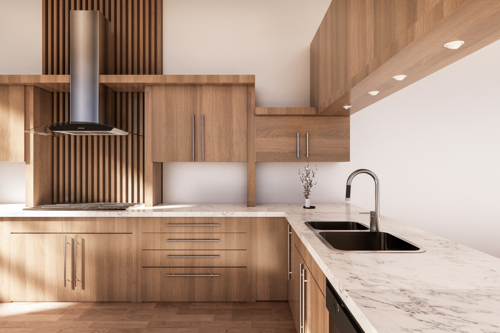
A Thoughtful Layout
Begin by considering the kitchen's layout. The classic "kitchen work triangle" (stove, sink, and refrigerator) ensures efficient movement between key areas. Design your layout around this concept for optimal functionality.
Ample Counter Space
Prioritize ample counter space for meal preparation, chopping, and placing ingredients. An island or peninsula can provide additional work surfaces while doubling as a casual dining area.
Clear Pathways
Ensure clear pathways between appliances and work areas to prevent congestion and make cooking a seamless experience.
2. Color Palette and Materials
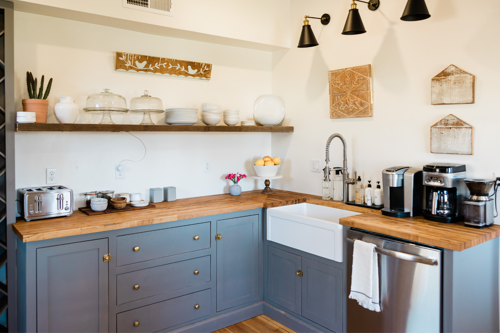
Neutral Elegance
Opt for a neutral color palette to create a clean and timeless look. Shades of white, beige, or light gray can make the space feel airy and welcoming.
Quality Materials
Invest in quality materials for countertops, backsplashes, and flooring. Quartz, granite, or marble countertops not only look elegant but are also durable and easy to clean.
Reflective Surfaces
Incorporate reflective surfaces such as glass or stainless steel to bounce light around the space and create an illusion of openness.
3. Storage Solutions
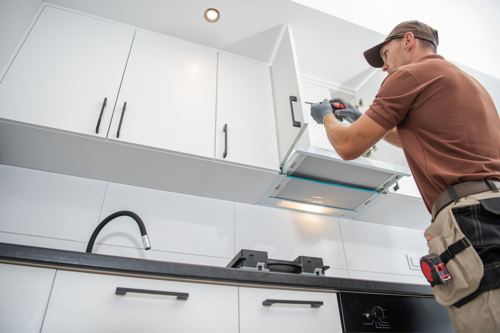
Smart Cabinetry
Choose cabinetry with ample storage solutions like pull-out shelves, deep drawers, and built-in dividers. This helps you keep cookware, utensils, and ingredients organized and easily accessible.
Vertical Storage
Utilize vertical space by installing open shelves or hanging racks for pots, pans, and frequently used utensils. This frees up counter space and adds a decorative touch.
Concealed Storage
Install concealed storage solutions like pull-out pantry cabinets to keep kitchen essentials neatly tucked away.
4. Lighting
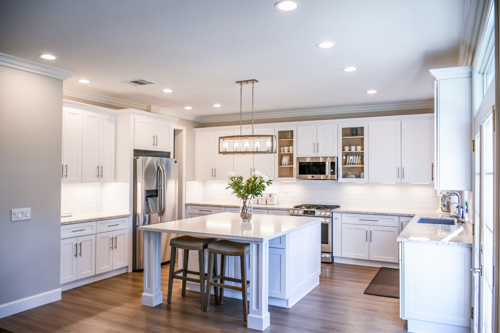
Natural Light
Maximize natural light by placing work areas near windows. Consider installing sheer curtains to allow light while maintaining privacy.
Task Lighting
Incorporate task lighting above key work zones, such as the stove and countertop, to ensure clear visibility during food preparation.
Ambient Lighting
Add ambient lighting, such as pendant lights or under-cabinet lighting, to create a warm and inviting atmosphere during meals.
5. Minimalistic Design and Décor

Decluttered Surfaces
Keep countertops free from unnecessary clutter. Store only essential items on display and designate a designated spot for daily-used items.
Thoughtful Décor
Introduce subtle decorative elements like potted herbs, artwork, or a stylish clock to add personality without overwhelming the space.
6. Easy-to-Clean Features

Seamless Surfaces
Opt for seamless materials for countertops and backsplashes to minimize grout lines where dirt can accumulate.
Stainless Steel Appliances
Stainless steel appliances not only look sleek but are also easy to wipe clean and resistant to stains.
Durable Flooring
Choose flooring materials like tiles or hardwood that are easy to clean and can withstand spills and high traffic.
7. Greenery and Sustainability
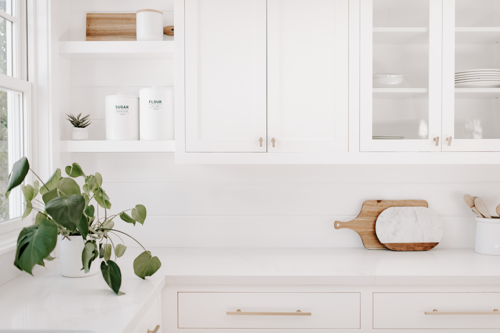
Indoor Plants
Add a touch of nature to your cooking space with indoor plants. Herbs like basil, mint, and rosemary not only look appealing but can also be used for cooking.
Eco-Friendly Choices
Consider energy-efficient appliances and eco-friendly materials to reduce your kitchen's environmental impact.








